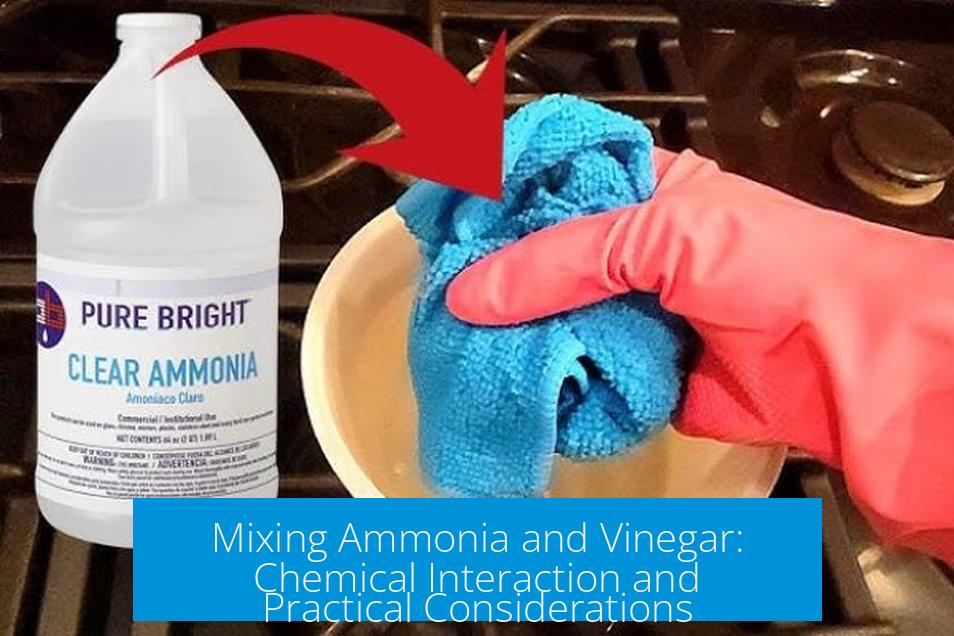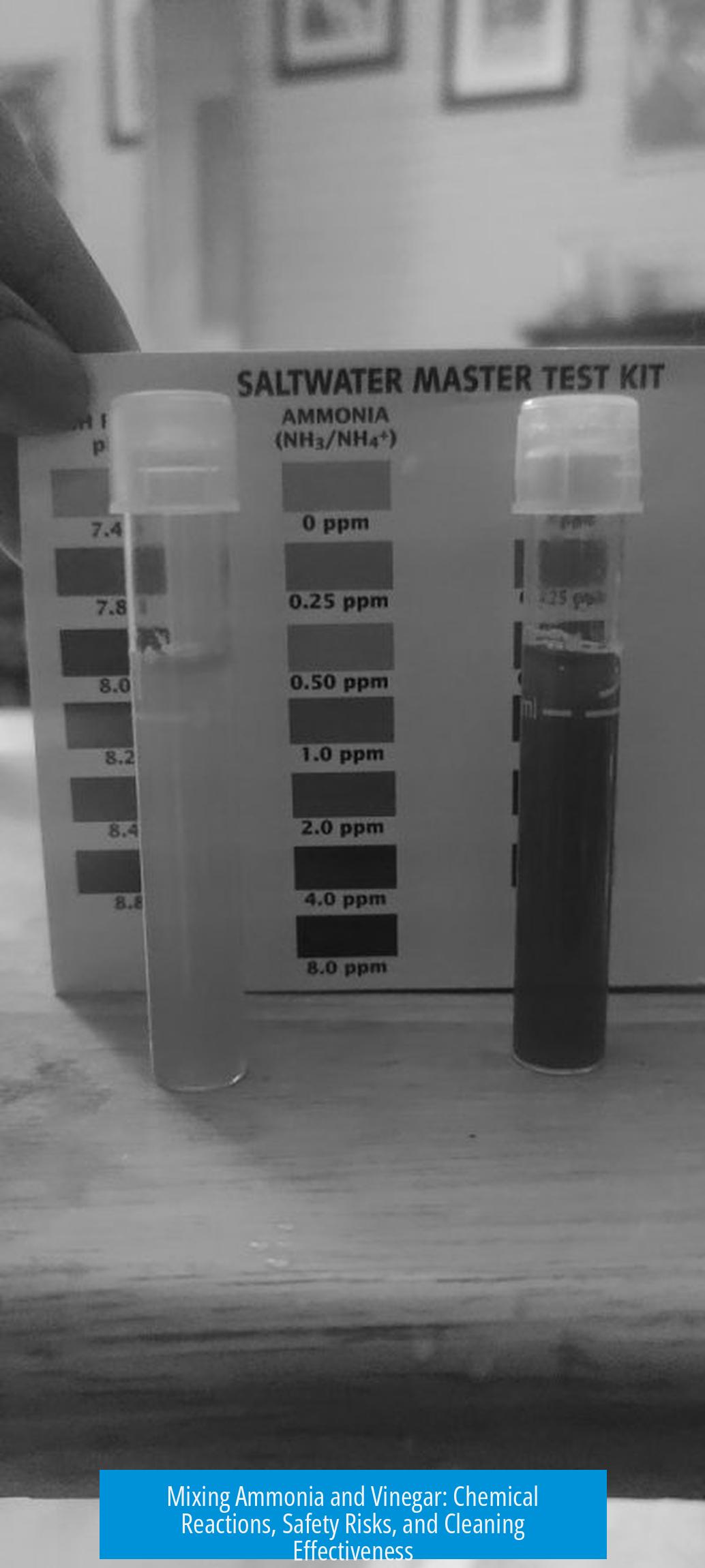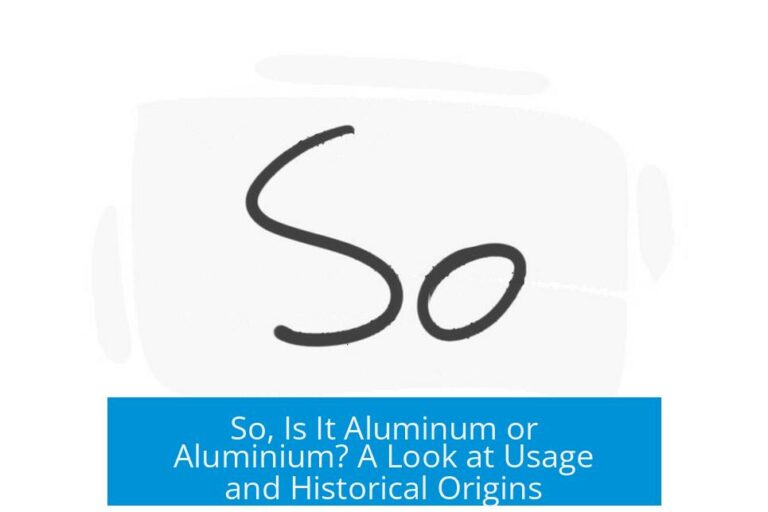Mixing Ammonia and Vinegar: Chemical Interaction and Practical Considerations

Mixing ammonia and vinegar results in a neutralization reaction producing ammonium acetate. Ammonia acts as a base, while vinegar is a diluted acetic acid solution. When combined, their opposing chemical natures cause them to partially neutralize each other.
Chemical Reaction Details
Ammonia (NH3) reacts with the acetic acid (CH3COOH) in vinegar:
NH3 + CH3COOH → CH3COONH4 (ammonium acetate)
This product, ammonium acetate, is a salt formed by the acid-base reaction. The reaction reduces the acidity of vinegar and the alkalinity of ammonia in the mixture.
Safety Considerations
- Mixing ammonia and vinegar poses minimal direct chemical hazards since they neutralize each other instead of producing toxic gases.
- The mixture is generally safe but less effective compared to using each chemical separately.
- In cleaning practices, alternating use of ammonia and vinegar with rinsing in between ensures better results without unwanted neutralization.
Effectiveness in Cleaning
Ammonia is commonly used as a cleaning agent due to its alkaline nature, capable of breaking down grease and grime.
Vinegar’s mild acidity makes it effective against mineral deposits and certain stains.
When mixed, their neutralization lowers their individual activity, resulting in a less potent cleaning solution.
Therefore, simultaneous use is not recommended for cleaning purposes.
Additional Notes
- Small quantities of diluted acids like hydrochloric acid (HCl) present similar effects but are not typically combined with ammonia without proper control.
- Culinary combinations of ammonia and vinegar (such as in salad dressings) are not related to their chemical interaction and arise from food science contexts.
Key Takeaways
- Ammonia and vinegar neutralize to form ammonium acetate.
- The mixture is safe but less effective than individual use for cleaning.
- Use one chemical at a time with rinsing to maximize cleaning efficiency.
- No hazardous gases develop from mixing these two common household chemicals.
Can ammonia and vinegar be safely mixed?
Mixing ammonia and vinegar is generally safe. They neutralize each other to form ammonium acetate. However, the mixture is less effective for cleaning than using them separately.
What happens chemically when ammonia and vinegar are combined?
Ammonia is a base and vinegar contains acetic acid. When mixed, they partially neutralize each other, producing ammonium acetate, a salt solution.
Is the ammonia and vinegar mixture good for cleaning?
The mixture reduces their individual cleaning power. It’s better to use ammonia and vinegar separately for more effective cleaning results.
Should I rinse surfaces between using ammonia and vinegar?
Yes, to avoid neutralizing their effects, rinse surfaces with water before applying the other chemical. This keeps each cleaner effective.
Can small amounts of diluted acids like HCl be mixed with ammonia or vinegar?
Small drops of diluted hydrochloric acid (HCl) are not a concern when mixed with ammonia or vinegar in cleaning contexts.





Leave a Comment